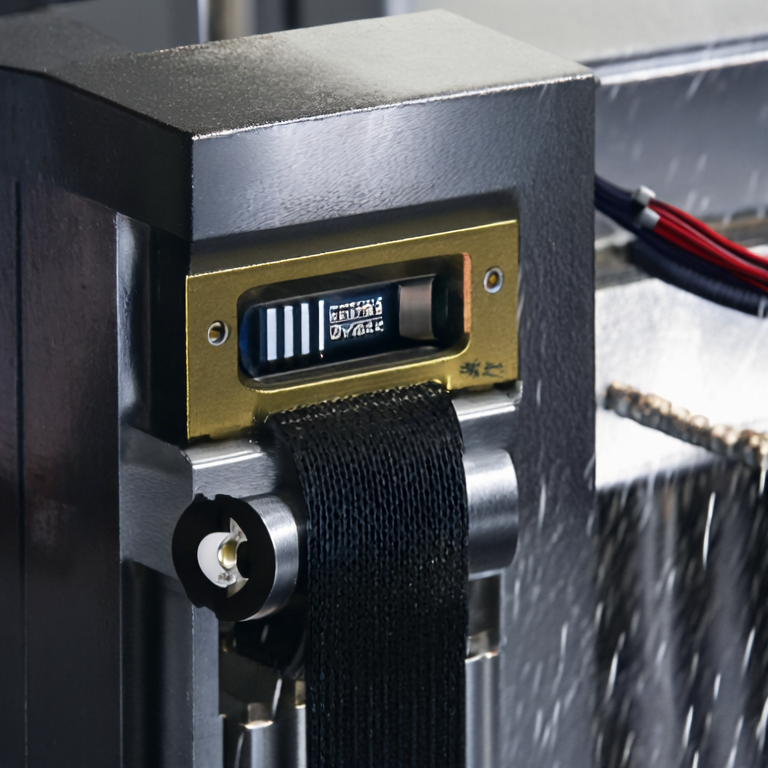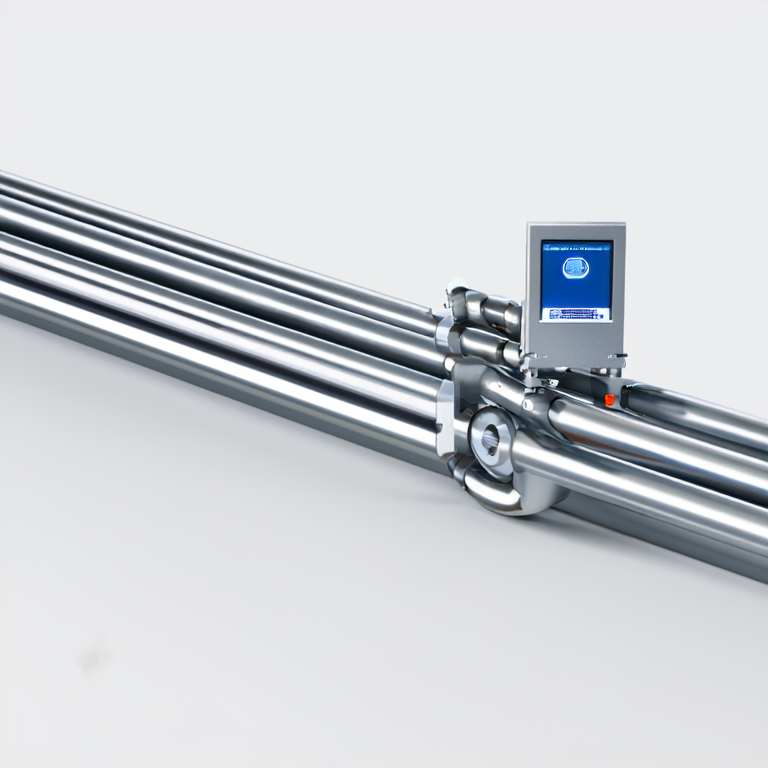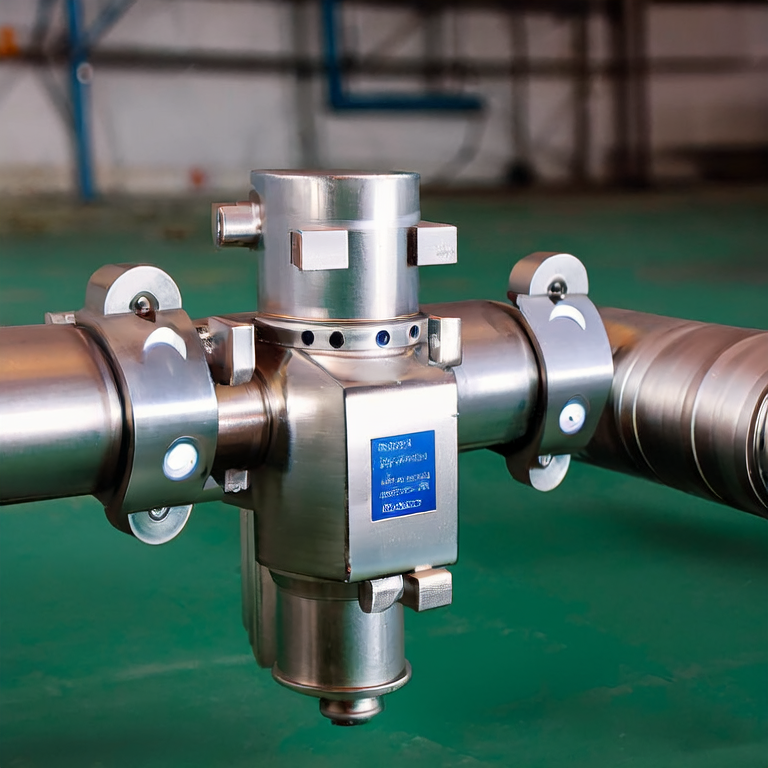News

Sep. 26, 2025
This article is designed for engineers and technicians working with electromagnetic flow transmitters (EMFTs) in industrial environments, especially those utilizing variable frequency drives (VFDs) and pumps. The common problem faced in such setups is signal noise interference, which can lead to inaccurate flow measurements and data discrepancies. This situation can result in costly operational

Sep. 25, 2025
Electromagnetic flow transmitters are vital components in various industries, providing accurate flow measurements of conductive liquids. However, one of the critical challenges in their operation is managing empty pipe detection, which can lead to inaccurate readings and potential damage. This article explores practical strategies for effectively managing empty pipe detection in electromagnetic

Sep. 24, 2025
IP ratings indicate the level of protection provided by an electrical enclosure against dust and water. IP67 means the device can withstand immersion in water up to 1 meter for 30 minutes, while IP68 indicates it can handle more substantial water pressure and depth, typically beyond 1 meter.

Sep. 23, 2025
For engineers and technicians working with fluid measurement solutions, accurate readings from electromagnetic flow transmitters are vital. This article addresses common concerns related to the installation of these devices, particularly focusing on the straight pipe requirements necessary for achieving precise data. Inaccurate measurements can lead to operational inefficiencies, affecting both

Sep. 22, 2025
Electromagnetic flow transmitters are crucial devices for measuring fluid flow, widely used in various industries, including water treatment, chemical processing, and oil & gas. Ensuring proper compatibility between these transmitters and flange standards is essential to avoid installation delays and operational inefficiencies. This article explores how to effectively match flange standards with

Sep. 19, 2025
The decision between a remote-mount and an integral electromagnetic flow transmitter can present a significant challenge for organizations looking to optimize their flow measurement processes. Users frequently grapple with questions around cost-effectiveness, installation complexity, and long-term operational efficiency. For instance, process engineers at chemical plants often ask, “Which type

Sep. 18, 2025
Electromagnetic flow transmitters are crucial for measuring the flow of conductive fluids in various applications, and the electrode material plays a significant role in their long-term performance and reliability. Choosing the proper electrode material can ensure accuracy, durability, and efficiency over time. This article will delve into the critical factors influencing the selection of

Sep. 17, 2025
In the world of fluid measurement, engineers often encounter the challenge of determining the appropriate size for an electromagnetic flow transmitter. One of the critical factors influencing this decision is conductivity range. When dealing with various liquids, such as water-based solutions or corrosive chemicals, the ability of an electromagnetic flow transmitter to accurately measure flow
